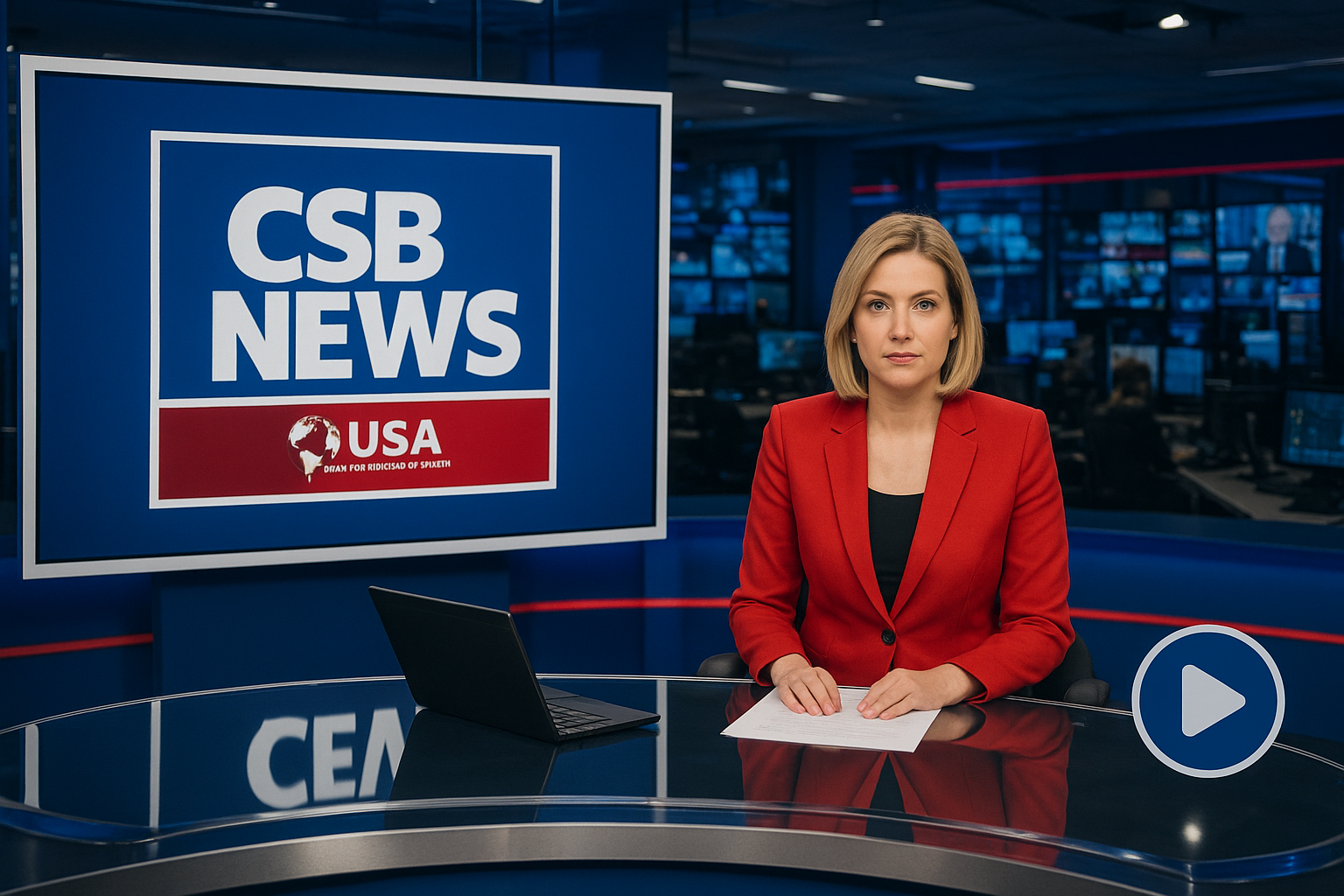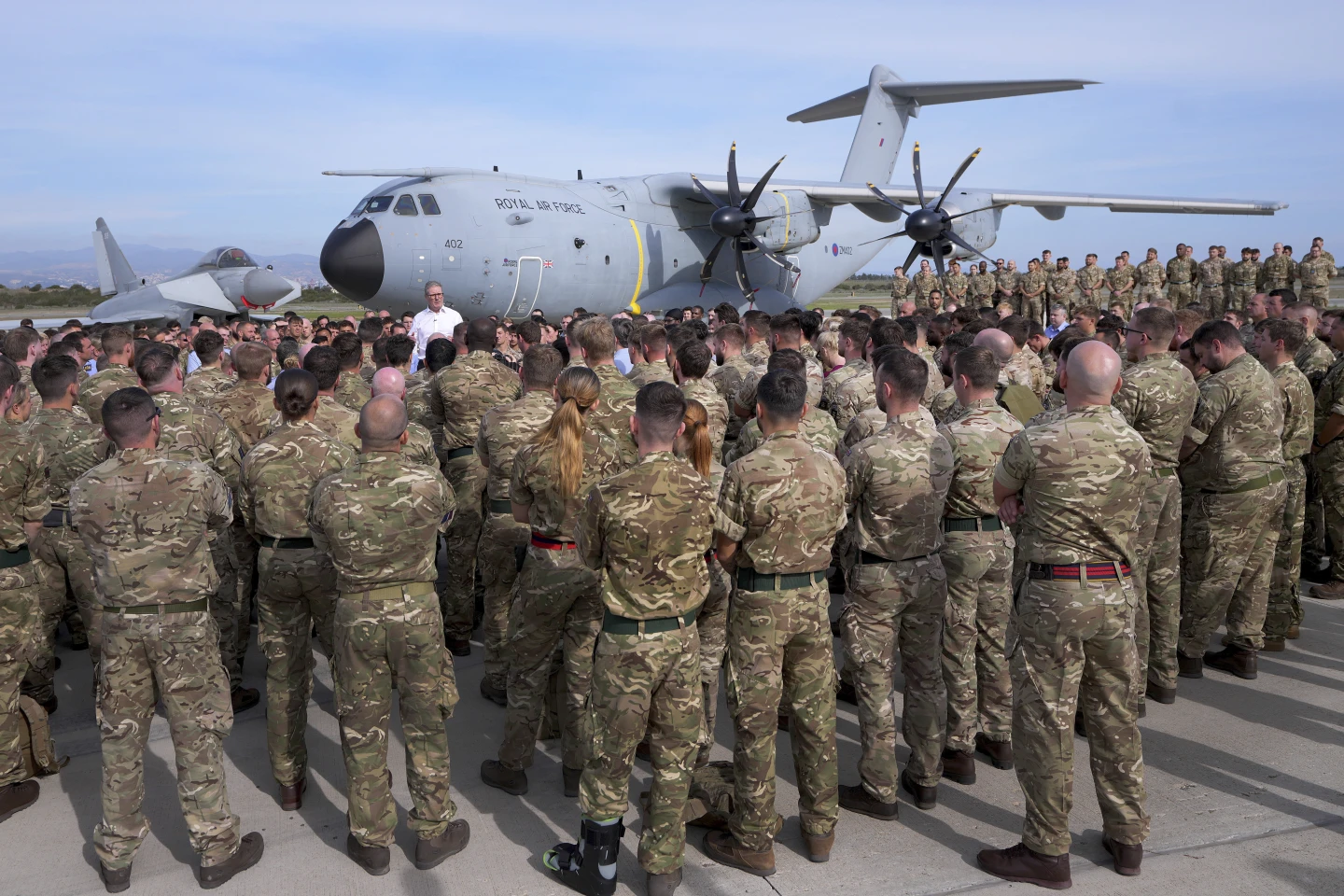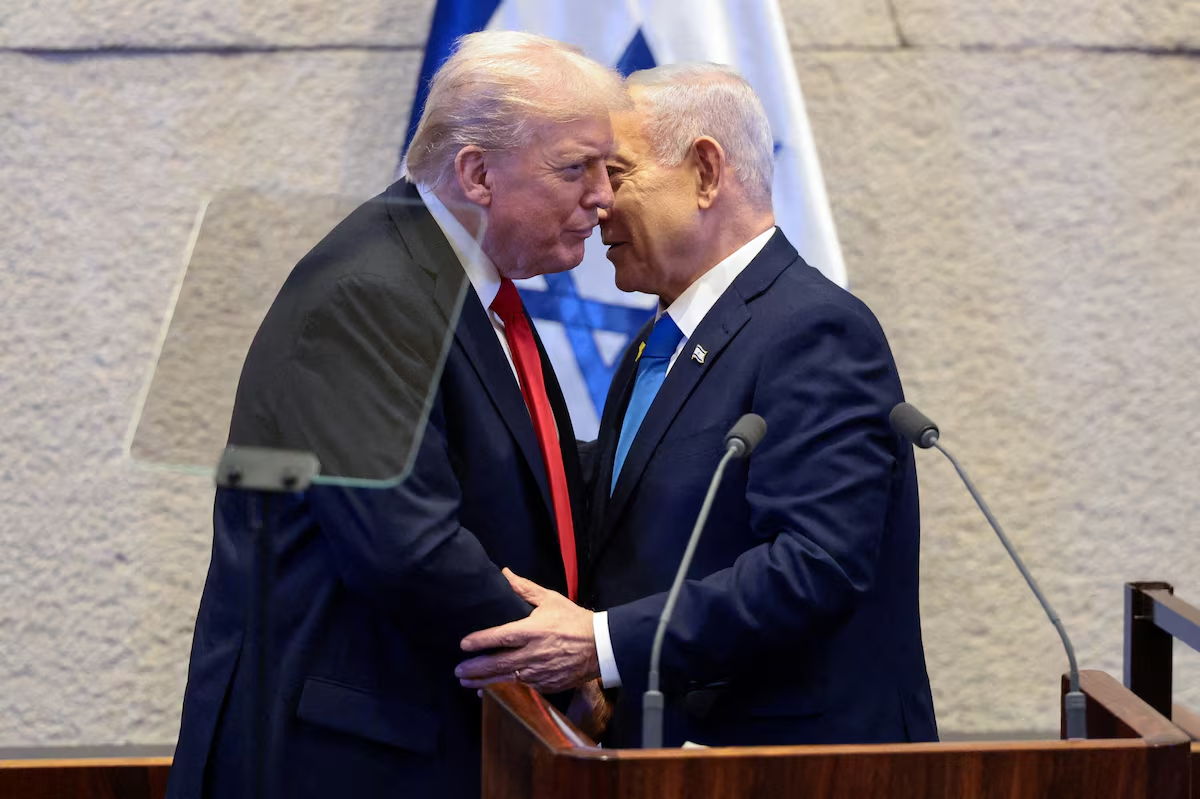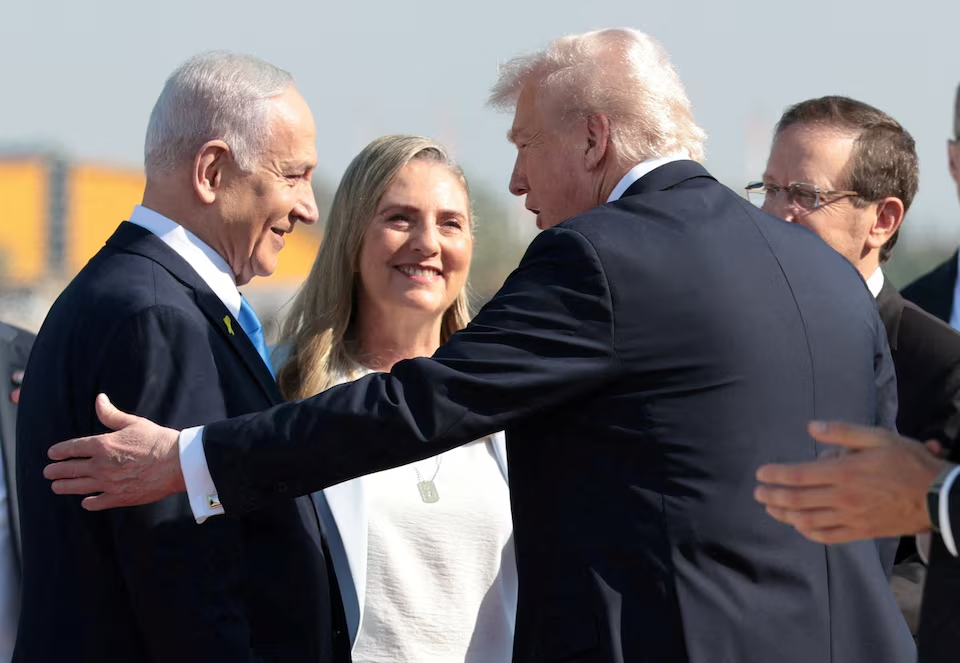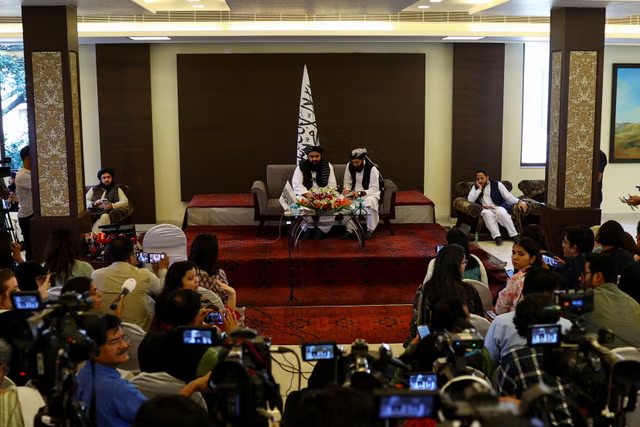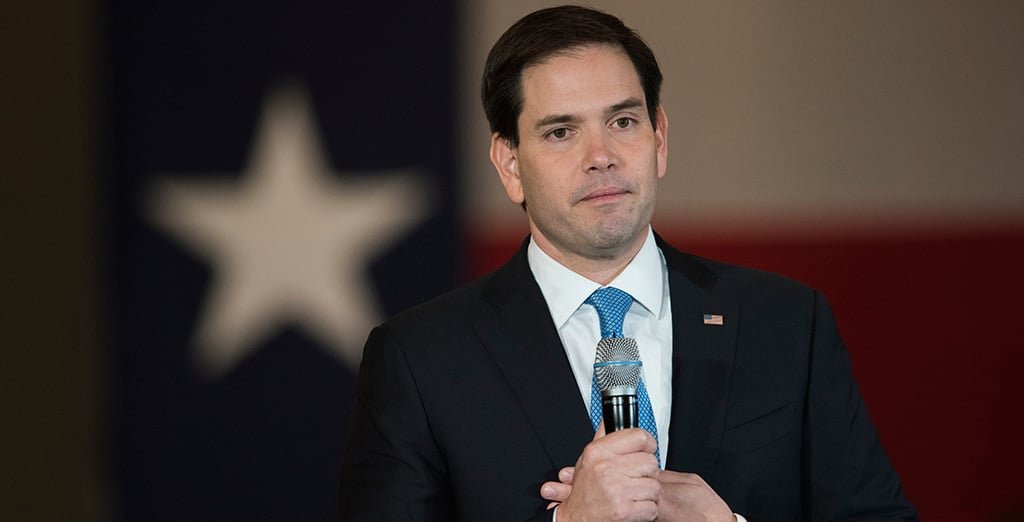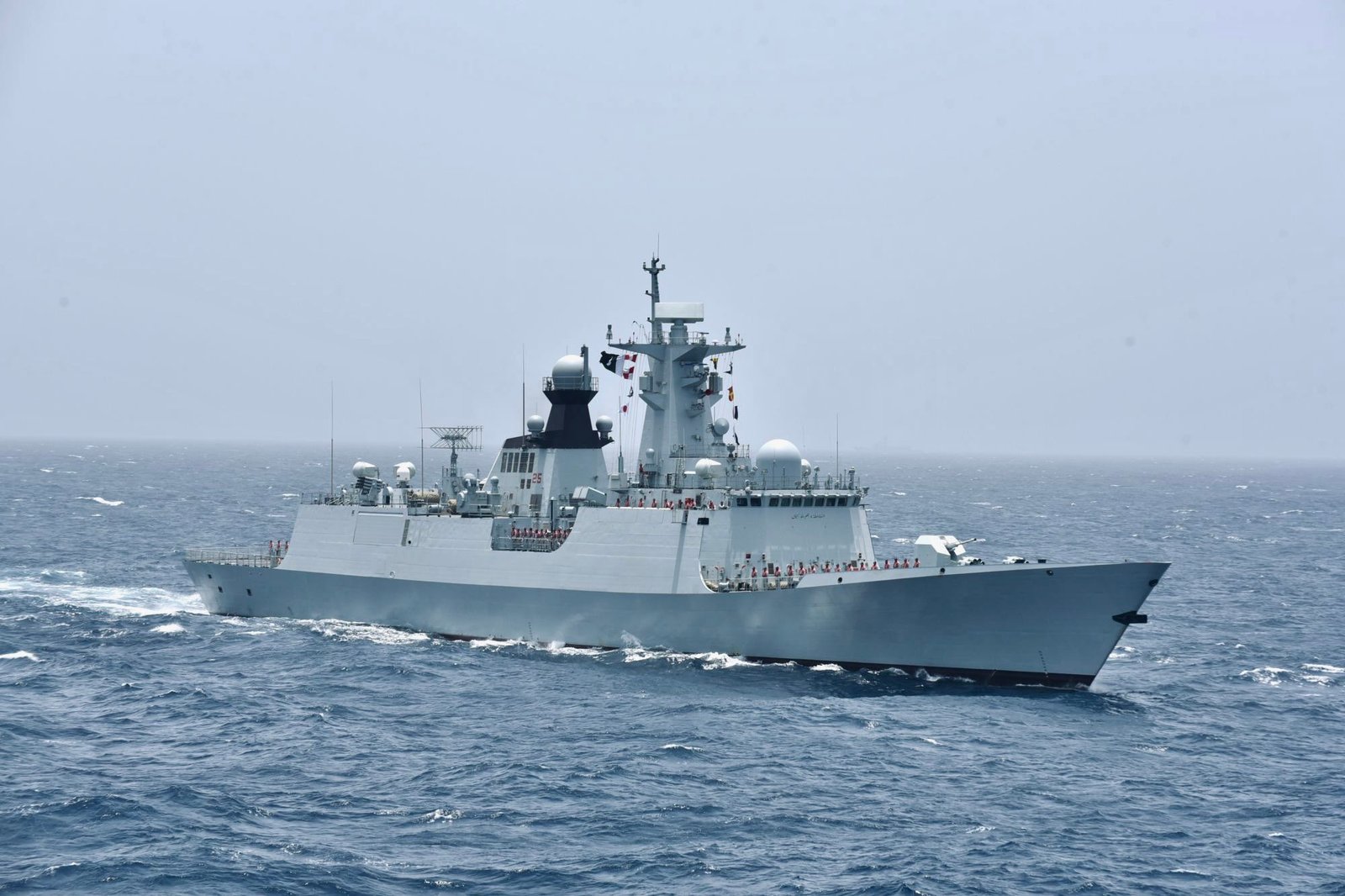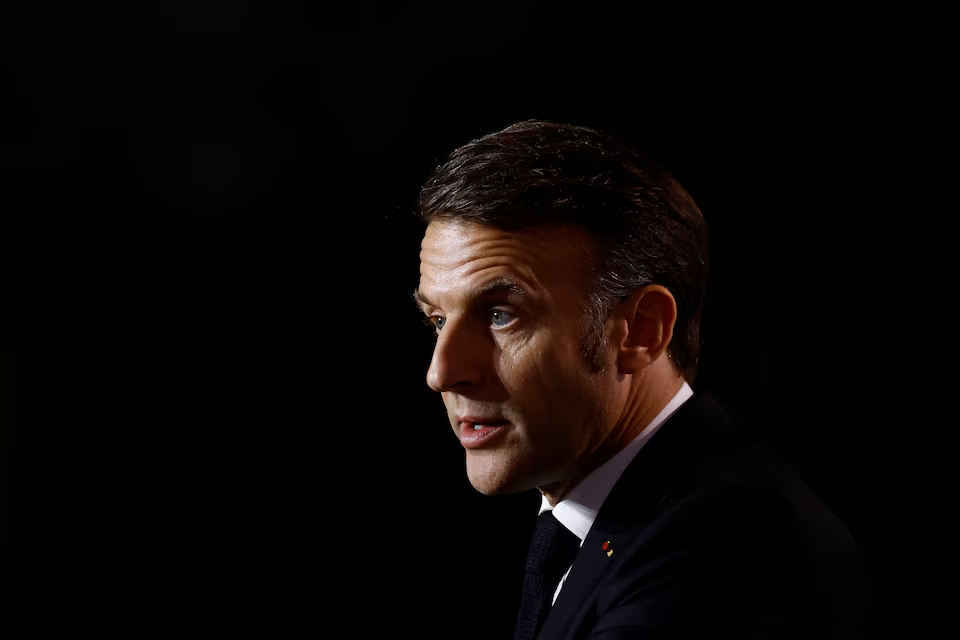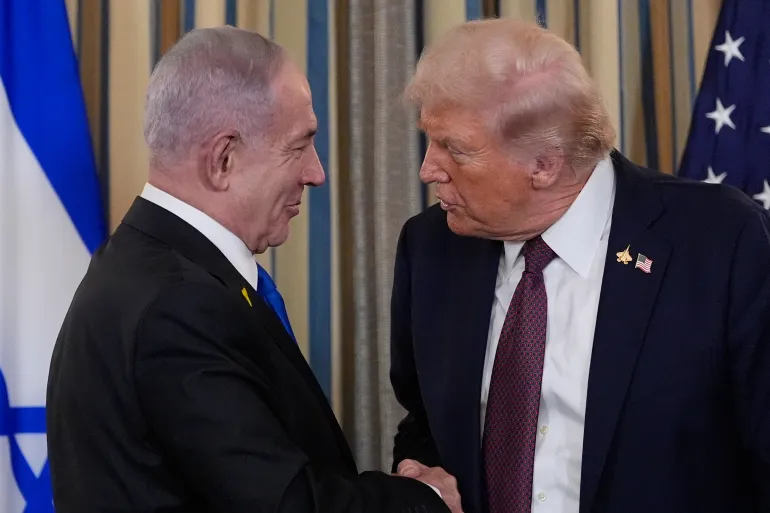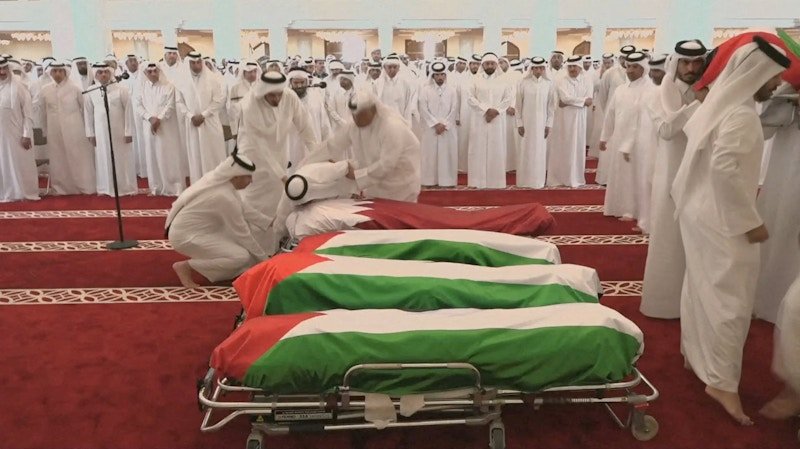New Plan for Peace in Ukraine with European Forces and U.S. Support Faces Challenges
London, February 21, 2025: While the U.S. and Russia continue talks to end the war — so far without Ukraine’s involvement — political and military leaders in Europe are working on a new plan to help European forces prevent further aggression from Russia. This proposal has already sparked considerable discussion and debate.
New Plan for Peace in Ukraine with European Forces and U.S. Support Faces Challenges
New Plan for Peace in Ukraine with European Forces and U.S. Support Faces Challenges
London, February 21, 2025: While the U.S. and Russia continue talks to end the war — so far without Ukraine’s involvement — political and military leaders in Europe are working on a new plan to help European forces prevent further aggression from Russia. This proposal has already sparked considerable discussion and debate.
According to the plan, UK Prime Minister Keir Starmer and French President Emmanuel Macron will visit Washington next week to meet with U.S. President Donald Trump on separate days. Starmer, who will visit on Thursday, has emphasized that the European force will only succeed with the backing of U.S. military support. However, persuading Trump to provide this support may be a difficult task.
What is the plan?
Ukrainian President Volodymyr Zelenskyy’s main goal is NATO membership, which is still supported by European NATO members, but the U.S. appears to have taken it off the table. In the absence of NATO membership, Zelenskyy has stated that over 100,000 European troops will be required to stay in Ukraine to ensure the conflict does not reignite after a ceasefire.
Western officials, however, suggest that what is currently being discussed is a “reassurance force,” not peacekeeping troops stationed along Ukraine’s 600-mile eastern front. This force would consist of fewer than 30,000 European troops deployed away from the front lines at critical infrastructure sites such as nuclear power plants, with support from Western air and sea power.
What do the Americans say?
U.S. Defense Secretary Pete Hegseth has stated that “no U.S. troops will be deployed to Ukraine,” though he has not ruled out American support in the form of air transport or logistics. U.S. special envoy to Ukraine, Gen. Keith Kellogg, emphasized that “all options must remain on the table,” as the shape of any potential force will depend on the results of peace talks that have yet to occur.
What do European countries think?
The UK, France, and the Nordic and Baltic countries, which are the closest NATO nations to Russia, are most likely to play a key role in forming the force. However, Italy has constitutional restrictions on the use of its forces, and in countries like the Netherlands, parliamentary approval would be needed to deploy troops.
German Chancellor Olaf Scholz said that discussions about a Europe-led security force are “still premature” and insisted that NATO must remain the foundation of security rather than an independent European force.
Could the plan succeed?
Analysts suggest that the success of the plan will depend on the nature of any ceasefire agreement. With Russia having around 600,000 troops in Ukraine, any deal that leaves a large Russian presence could lead to renewed conflict. However, Europe’s limited military capacity could make it difficult to maintain a force of this scale.
“If successful, it could last 20 to 30 years,” said Michael Clarke, a professor of war studies at King’s College London. “If unsuccessful, it could break down into conflict within two years.”
Lithuanian Defense Minister Dovilė Šakalienė stated, “Russia is preparing for a long war, and Europe must now strengthen itself. Otherwise, securing guarantees for security will be difficult.”
Despite these challenges, the idea of forming a European force for Ukraine may require further discussions in the future.

